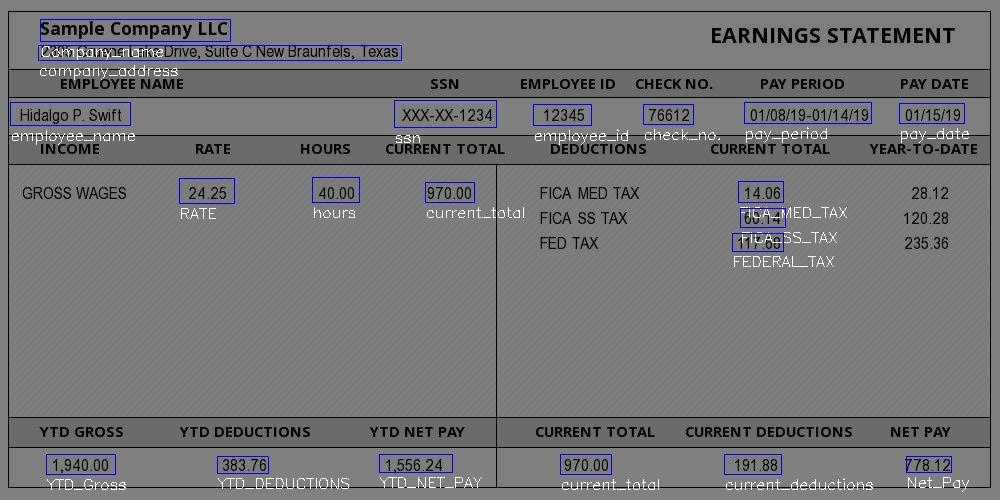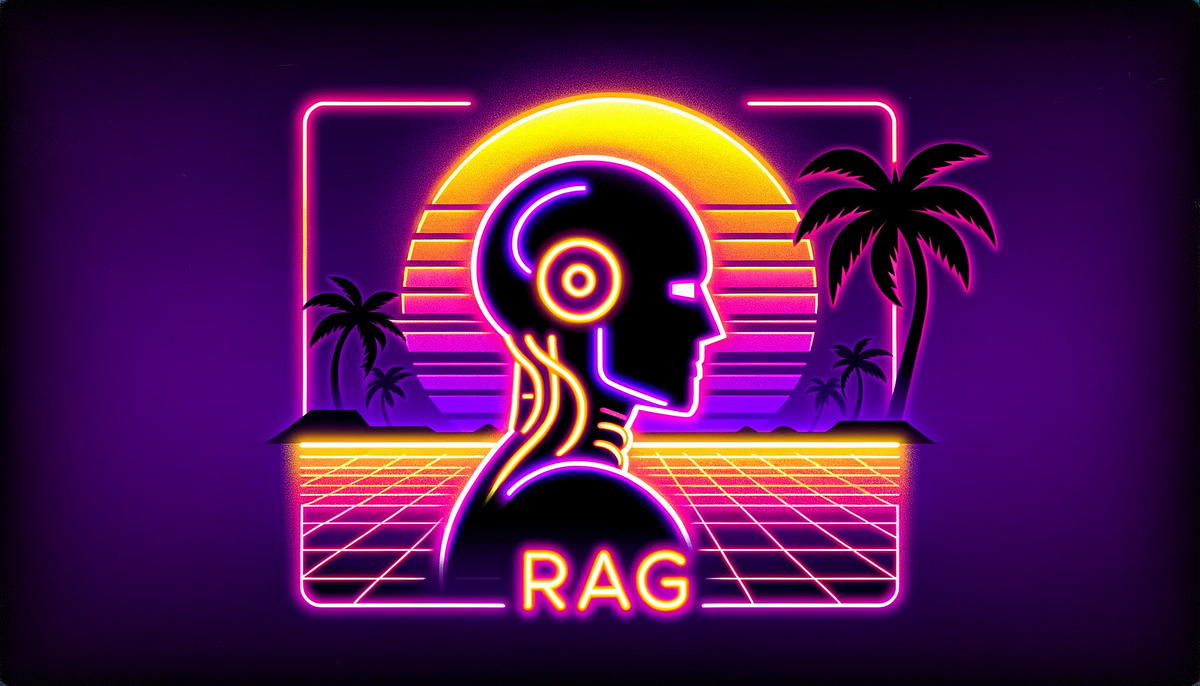What’s the first thing you do once your salary is credited into your bank account? (Apart from spending it, of course…)
I immediately rush to review my payslip to understand the earnings and deductions in detail.
In this article, we will understand this document that has become an integral part of our monthly work ritual.
We will briefly discuss pay slips and their different components and, most importantly, how can employers read or extract data from bulk pay slips with OCR.
What is a payslip

Payslips, commonly called salary slips, are essential documents employers provide to employees.
These documents give a detailed account of an employee’s earnings and deductions for a given payroll period. Payslips are crucial for both parties, serving as a payment receipt and a record of financial transactions.
Payslips are important for employees for
- proof of income
- tax filing purposes
- loan applications to assess financial stability
- resolving discrepancies related to deductions
- personal finance planning
For employers, banks, and businesses, payslips are important for
- salary slip or income verification
- background checks
- compliance with tax forms like W2 (in the U.S.), Form 26AS (in India)
- fraud checks
- record-keeping
Looking to extract or parse data from payslips and W2 forms? Try Nanonets’ OCR extractor.
What is payslip OCR, and what does it do?

It is important to extract and digitize critical information from payslips.
Payslip OCR is a technology that automates text extraction from physical or scanned payslips and converts them into a machine-readable format.
By utilizing OCR (Optical Character Recognition), the data within payslips can be captured automatically, making the payroll accounting process much easier by facilitating the storage, retrieval, and analysis of employees’ salary slips.
OCR is primarily used in payslip processing to classify payslips, extract key value information from salary slips, and convert scanned pay slips into digital formats.
An advanced OCR captures and accurately extracts different key-value pairs from a salary slip.
A standard payslip typically includes fields such as:
Employee information: Name, employee ID, department of the employee, and social security number
Employer information: Company name, address, and other details
Pay period: Monthly, Bi-weekly, or as per the company’s payroll cycle
Salary period: Number of working days or hours, and leaves taken
Earnings: Salary breakdown, including basic pay, overtime, bonuses, etc.
Deductions: Taxes, insurance premiums, retirement contributions, etc.
Net pay: In-hand amount after all deductions
Year-to-date (YTD) totals: Total earnings and deductions for the current year
Convert payslips
OCR can convert payslips into PDF, TXT/Doc, CSV, XLSX, XML, or JSON formats.
You can use digital payslips in PDF, JPEG, or PNG formats directly received via email or downloaded from your employee portal.
To convert scanned copies of physical payslips into digital payslip formats, you need an advanced, powerful OCR. The scanned pay slip should be clear, well-lit, and distortions-free for the conversion to be accurate.
Read more: How to Extract Data From Scanned Documents
Benefits and challenges of payslip OCR
Reasons to use payslip OCR
Payslip OCR offers several advantages for both businesses and employees:
Efficiency: It eliminates the time and effort needed to copy and paste entries from hundreds of salary slips on different applications.
Accuracy: Minimizes human errors normally incurred when keying in the data, improving the quality of data.
Convenience: Makes payslips data more accessible by making it easy to locate and retrieve
Cost savings: Eliminates the costs incurred in handling and keeping physical payslips, making the process easier and more efficient.
Integration: Can be integrated easily with accounting, payroll, and HR tools to set up approval workflows.
Scalability: Speedens payslip processing for large companies.
Challenges for payslip OCR
While payslip OCR is an absolute asset, for it to work best, companies need to overcome some challenges, such as
Low-quality scans
Many payslip parsing tools work only with properly scanned documents. Poorly scanned, blurred, or distorted images and documents in dim lighting are difficult to process for OCR.
OCR tools might have difficulty reading such payslips, frequently resulting in poor extraction and inaccurate results.
Fraudulent payslips
Companies need to check whether pay slips are authentic. Keep an eye out for
- pay slips with bent or distorted parts
- low-quality images
- blurred or texts in multiple fonts
Handwritten payslips
Handwritten scanned payslips are challenging to parse for traditional OCR systems.
Difficult formatting
Payslips differ across employers and countries in formats, currency and designs. Traditional OCR tools or template matching often fall short and are unable to handle these accurately.
Complexity of payslips
Not all OCRs are the same.
Especially for international companies dealing with multi-language payslips with different templates, the OCR must be robust and powerful to adopt flexible templates and extract key information accurately.
Data security
With a surge in free OCR tools, data security is at a major risk. Payslips include sensitive information about employees and companies. Review the company’s privacy policy before choosing an OCR tool to process pay slips.
Initial training
Some machine learning-based OCR solutions require training to recognize and understand payslip layouts. This can quickly become resource-intensive and expensive, as manual copy-paste method efforts divert into model maintenance and monitoring.
How to use a payslip OCR?
To give you a quick overview of how payslip OCR works, I am using the Nanonets OCR tool to extract key fields from a standard payslip. The process remains the same for almost all tools.
I first signed up on the Nanonets app.
Step 1: Upload your pay slips on the OCR app.
Step 2: The OCR payslip extractor will automatically scan, extract, label, and categorize the data on the payslips.
Step 3: Verify the extracted data and customize the fields as needed.
Step 4: Download the data in a new document or set up an approval workflow for further processing.
You can directly integrate a payslip OCR API with your payroll system for seamless data flow and easy approvals.
Choose the right OCR API, obtain the API key, and thoroughly review the API documentation before integrating it with your existing tools.
Check out these popular OCR salary slip extraction software:
- Nanonets
- Klippa
- Veryfi
- Hyperverge
A payslip OCR tool must be equipped to recognize and categorize complex payslips in bulk and detect uncertain income for large companies and enterprises that process hundreds of thousands annually.
Such companies prefer specialized salary verification and payroll software that includes an in-built OCR, such as:
- BambooHR
- ADP
- SurePayroll by Paychex
- Perfios
Automated payslip OCR workflows with Nanonets
Nanonets is an AI-based intelligent document processing platform with in-built OCR software.
Nanonets can automate payroll processing, from generating payslips to automating end-to-end approval workflows, using a powerful OCR engine and seamless integrations.
Features of Nanonets OCR for payslip management:
- Calculate wages and deduct taxes
- Manage employee benefits
- Generate payslips
- Set up rule-based automated payslip approval workflows
- Timely notifications and alerts
- Extract key information from salary slips
- Maintain payroll records and be audit-ready
- Ensure compliance with regulations
- Pay-as-you-go pricing model with first 500 documents free
While payslip OCR is one key aspect of payroll management, Nanonets also automates end-to-end payroll accounting and management for businesses.
Automate recruiting and hiring, onboard new employees, process payroll seamlessly and simplify employee benefits management with Nanonets HR solution.
Final word
Payslip OCR technology has made it extremely easy for employers and businesses to process and verify payslips
By leveraging AI and advanced OCR, organizations can easily automate the extraction and management of salary data. and enhance the efficiency, accuracy, and scalability of their payroll operations.
FAQs
How do I convert a payslip to PDF?
You can convert a payslip into a PDF by using an online OCR payslip converter or an automated data extraction tool such as Nanonets.
How to automate payslips?
You can automate payslip extraction and approval workflows using an AI document OCR tool such as Nanonets. Follow the steps: Sign up > Upload payslips > Verify the extracted key-value pairs > Customize fields if needed > Download/Send for approval.


